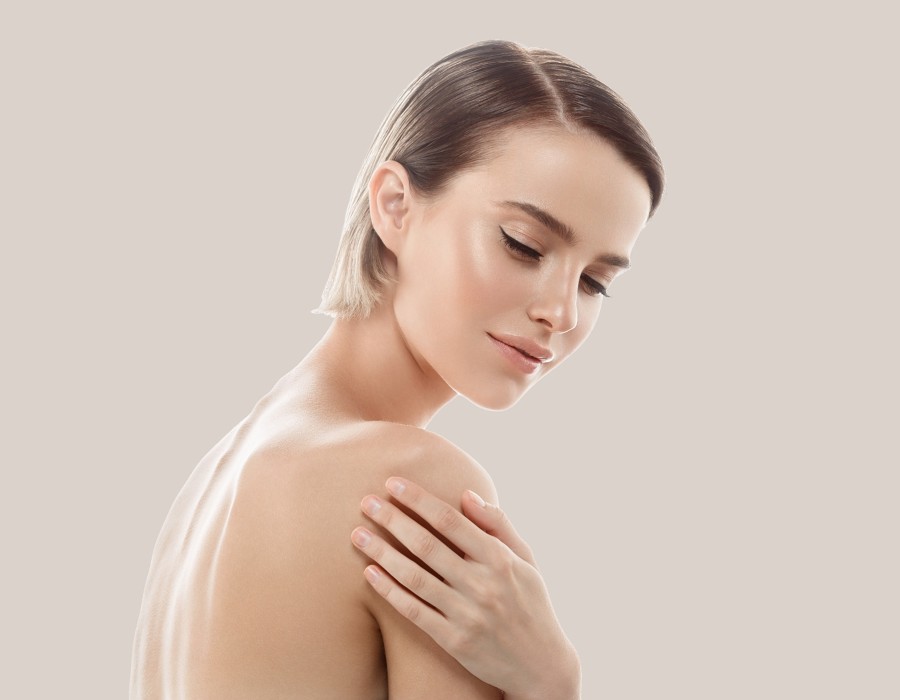Radiofrequency (RF) treatments have emerged as a popular option for Face Rejuvenation in Dubai, offering a non-invasive solution to improve skin tightness and texture. By using radio waves to heat the deeper layers of the skin, RF treatments stimulate collagen production and enhance overall skin appearance. Here’s an overview of how RF treatments work, their benefits, and considerations.
How Radiofrequency Treatments Work
Principle of Radiofrequency
Radiofrequency treatments utilize radio waves to penetrate the skin and generate heat in the deeper layers (the dermis). This heat stimulates the production of collagen and elastin, proteins that are crucial for maintaining skin firmness and elasticity.
Application Process
During an RF treatment, a handheld device is moved across the skin, emitting radiofrequency energy. The device may have a cooling mechanism to protect the surface of the skin while the deeper layers are heated.
Healing and Recovery
RF treatments generally involve minimal downtime. Patients may experience mild redness or swelling immediately after the procedure, but these effects typically resolve within a few hours to a few days.
Types of Radiofrequency Treatments
Monopolar Radiofrequency
Definition and Procedure
Monopolar RF treatments use a single electrode to deliver radiofrequency energy to the skin. The energy travels from the electrode to a grounding pad placed on the body, creating a controlled thermal effect.
Benefits
- Deep Heating: Effective for targeting deeper layers of the skin to stimulate collagen production.
- Skin Tightening: Improves skin firmness and reduces sagging.
Bipolar Radiofrequency
Definition and Procedure
Bipolar RF treatments use two electrodes to deliver radiofrequency energy between them. This method focuses the energy on a smaller area, allowing for more precise treatment.
Benefits
- Targeted Treatment: Allows for more controlled and targeted heating of specific areas.
- Enhanced Skin Texture: Improves skin texture and reduces fine lines.
Fractional Radiofrequency
Definition and Procedure
Fractional RF combines radiofrequency energy with a fractional approach, creating micro-injuries in the skin to stimulate collagen production while preserving surrounding tissue.
Benefits
- Improved Skin Texture: Effective in treating acne scars, wrinkles, and uneven skin texture.
- Minimal Downtime: Generally involves less downtime compared to more invasive procedures.
Benefits of Radiofrequency Treatments
Skin Tightening
RF treatments are highly effective at improving skin tightness by stimulating the production of collagen and elastin. This leads to a firmer and more youthful appearance.
Reduction of Fine Lines and Wrinkles
By enhancing collagen production, RF treatments help to smooth out fine lines and wrinkles, contributing to a more youthful look.
Non-Invasive Solution
RF treatments provide a non-surgical option for facial rejuvenation, minimizing risks and recovery time associated with more invasive procedures.
Enhanced Skin Texture
In addition to tightening and smoothing, RF treatments can improve overall skin texture, addressing issues such as roughness and unevenness.
Considerations and Aftercare
Potential Side Effects
While RF treatments are generally safe, potential side effects may include temporary redness, swelling, or mild discomfort. These effects are usually short-lived and resolve quickly.
Aftercare Instructions
To achieve optimal results and ensure proper healing, patients should follow these aftercare guidelines:
- Sun Protection: Apply sunscreen regularly to protect the skin from UV damage.
- Hydration: Maintain skin hydration by using gentle, hydrating skincare products.
- Avoiding Irritants: Refrain from using harsh skincare products or undergoing additional treatments immediately after RF.
Conclusion
Radiofrequency treatments offer an effective, non-invasive solution for facial rejuvenation, targeting skin tightening, fine lines, and overall texture. By understanding the different types of RF treatments and their benefits, individuals can make informed decisions about their skincare options. As with any cosmetic procedure, a consultation with a qualified specialist is essential to determine the most suitable approach for achieving desired results.





Comments